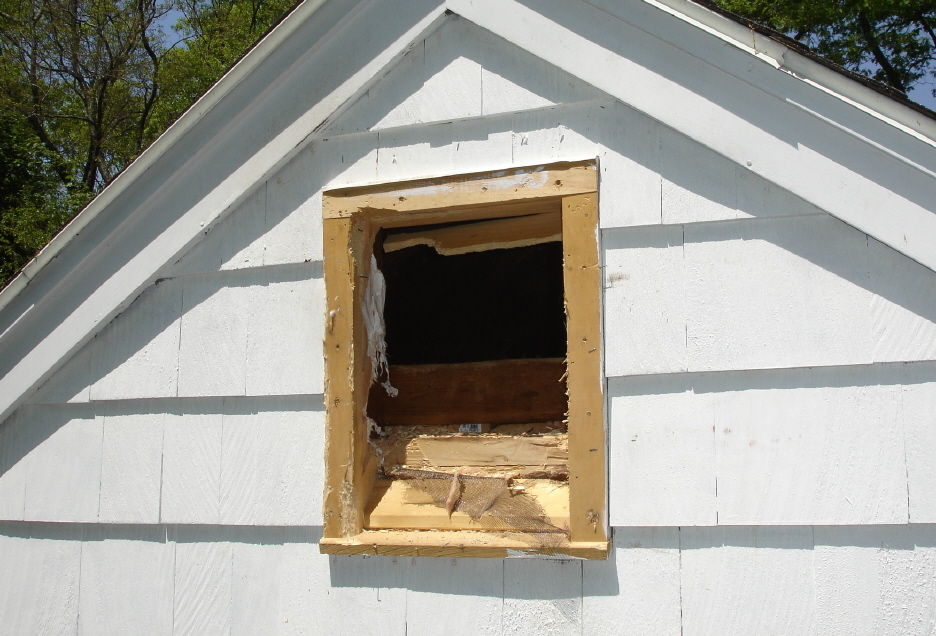They are no obstacle for animals seeking entry into attics.
Animal proof attic vents.
Raccoons squirrels birds mice and bats all use roof vents as a point of entry into attics.
Most animals enter attics through small holes or man made openings such as vents and chimney pipes.
These animal contortionists can easily fit through any unprotected ventilation holes in your roof eaves.
Although many homeowners are not even aware that such holes exist they are essential for attic ventilation so you can t just cover them with wood.
Some of the vents frequently used by animals include.
To help animal proof your home check roof vents for animal entry from time to time and make sure that they are in good shape.
Roof vents are constructed of light weight aluminum or plastic.
They are able to detect the flow of air from the attic and recognize that warmth is waiting on the other side.
Because of this keeping them out can be difficult once they ve determined your vent is a good spot to get in.
The designers of this home by creating a larger and open vent intended this vent to provide very good ventilation for the attic.
Gable vents are located on the gable ends of the house and their purpose is to ventilate the attic and prevent high humidity in summer and ice dams in winter.
Inspect the exterior of your home.
An average house has 2 or more gable vents depending on the size of the vents and the house.
If not screened properly chimneys make suitable living quarters for raccoons and squirrels.
Vent covers from wildlife control supplies.
Video a better explanation.
Ridge guard is a system for guarding against animal entry at the roof ridge.
What they didn t take into consideration was squirrels.
Larger animals will even bite and claw through weak spots in the exterior to create an entrance to the attic.
On most houses gable vents are located within arm s reach of the roof edge.

